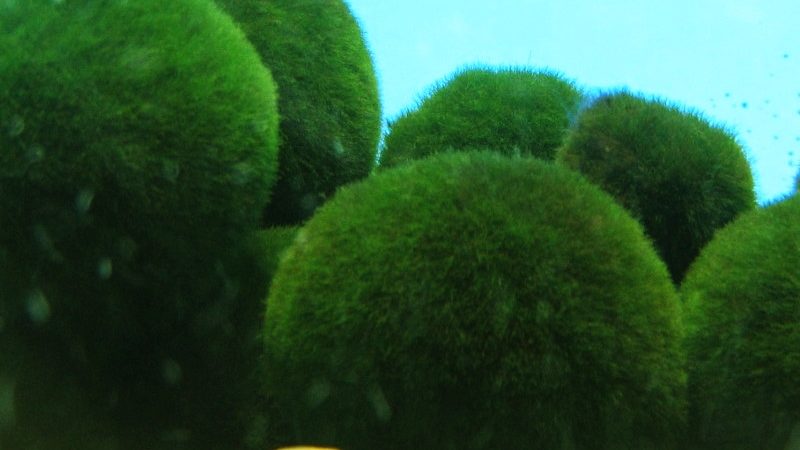Guide
Triops aquatic plants: These are the 5 best plants for Triops
The best aid from nature that is used in aquaristics and Triops breeding is the aquatic plant. Triops aquatic plants detoxify the water, supply the water with oxygen and serve as a plant food source for the aquarium inhabitants. The European species Triops cancriformis feeds mainly on plants. Triops aquatic plants maintain the natural balance in the aquarium and help against excessive nitrate levels. In principle, all aquatic plants can be used in Triops breeding. In aquaristics, some of the most common plants have emerged over time, which I would like to introduce in this article.

1. Triops aquatic plants: Water plant (Elodea)
Originally widespread in the New World, the water plant came to Europe. As a Triops aquatic plant, the Elodea is very popular and is ideal for the Triops tank. It is relatively undemanding, grows very quickly and thrives in almost any environment. It is also characterised by a high robustness and photosynthesis rate.
Triops love to nibble on waterweed, so it has always been a Triops aquatic plant. Although recommended for beginners and very easy to care for, the European water plant only thrives up to a temperature of 24 °C. At higher temperatures, the South American water plant is recommended. At higher temperatures, the South American water plant is recommended.
2. Duckweed (Lemna)
Duckweed is found on the surface of the water and is recognisable as a carpet-like growing aquatic plant. Duckweed contains a lot of protein and is a good food source for primeval crabs. The plant is conducive to Triops growth. In the Triops tank, the plant can be grown easily with little surface current. But be careful, if not eaten enough, duckweed can quickly become a nuisance and overgrow the water surface.

3. Hornwort (Ceratophyllum)
The many different hornwort species are widely used in aquaristics. As a robust plant, hornwort is one of the Triops aquatic plants that improves the quality of the water and is characterised by strong growth. Once the plant has grown in width, it is suitable as a climbing framework for shellfish. By absorbing nutrients dissolved in the water, the plant is also suitable for algae control.

4. Moss ball (Aegagropila linnaei)
The moss ball offers an additional filtering effect with the very high metabolic rate of the primeval crayfish. As a mesh of a special filamentous alga, the moss ball absorbs pollutants similar to a sponge and is also robust. This plant can be washed out once a week under tap water and put back into the tank. Triops like to nibble on the plant, which has a rather low photosynthesis rate.

5. Water friend (Hygrophila)
Similar to the water plant, the water friend is a very popular aquatic plant in aquaristics. This undemanding plant thrives almost everywhere and releases a lot of oxygen into the water. The easy-to-care-for plant, which belongs to the Triops aquatic plants, grows very quickly.
Where can I get free Triops aquatic plants?
Basically, Triops plants are not expensive to buy. However, if you want to approach breeding carefully and don’t want to spend a lot of money, you can of course take plants for the Triops aquarium from nature. Duckweed is widespread in nature and can be used for your own Triops breeding without having to spend money right away.